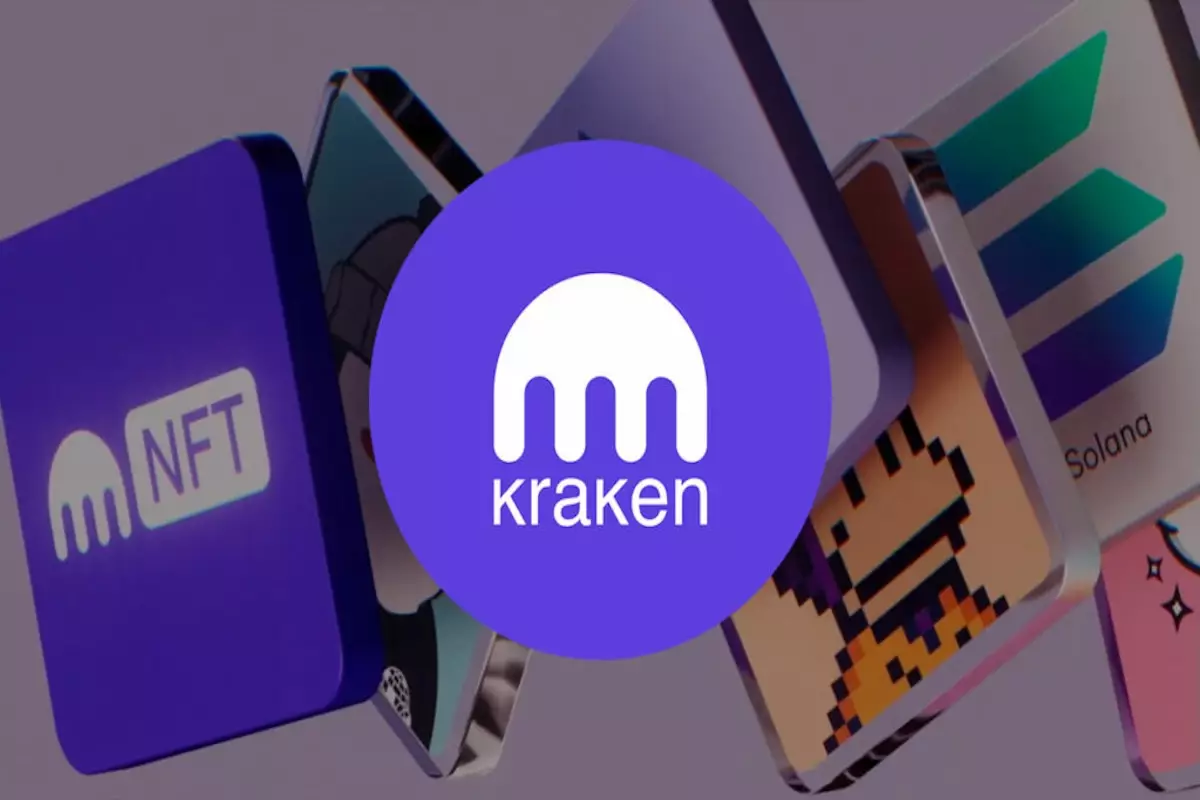In a significant shift within the cryptocurrency market, Kraken, one of the world’s largest cryptocurrency exchanges, announced the closure of its non-fungible token (NFT) marketplace. This decision marks a critical turning point for the firm, indicating an emphasis on reallocating its resources to more promising projects. The NFT marketplace will enter withdrawal mode effective November 27 and is set to shut down entirely within the next three months. Such a strategic pivot begs the question: what does this mean for Kraken and the NFT landscape at large?
Kraken’s decision to discontinue its NFT marketplace stems from a strategic reassessment of its product offerings in response to the evolving cryptocurrency ecosystem. In an official statement, Kraken emphasized its commitment to redirecting resources towards niche developments, including the launch of its own blockchain anticipated in 2025. This move reflects the company’s broader aim of adapting to market realignments and focusing on innovations that resonate with its long-term business goals. As the NFT market faces stagnation, Kraken is positioning itself for future growth by strengthening its core operations.
The closure resonates with broader challenges faced by the NFT market. Since April 2024, the industry has observed a stark reduction in activity, with weekly trading volumes dropping below $200 million. While some established projects, such as CryptoPunks, continue to thrive, the overall market finds itself in a stagnant position. This decline in activity is indicative of a larger trend within the crypto sphere, with numerous platforms reassessing their strategies to navigate a shifting landscape. Kraken’s retreat from the NFT market may inspire other exchanges to reconsider their stances, potentially amplifying a wave of change.
As Kraken shutters its NFT marketplace, collectors must now take action to transition their assets. Key tasks include transferring NFTs to the Kraken Wallet or utilizing self-custodial solutions, which assure greater control and security over their digital assets. Furthermore, collectors should explore alternative platforms, with established marketplaces such as OpenSea and Rarible providing a robust ecosystem for trading NFTs.
Moreover, emerging market players may capture the interest of collectors through unique features and user-friendly designs, setting the stage for heightened competition. As Kraken exits the NFT domain, there is potential for innovation as existing and new platforms vie for user engagement through improved security and functionality.
In examining the NFT landscape, it is crucial to contrast Kraken’s marketplace with others like OpenSea and Rarible. OpenSea remains a dominant platform, supporting multiple blockchains and offering a vast array of NFTs. Nonetheless, it faces challenges from market saturation and competition, leading to diminishing trading volumes. Conversely, Rarible boasts decentralized governance powered by the RARI token, appealing to creators seeking greater autonomy over their assets. Despite these differentiations, Rarible is not immune to market fluctuations either.
For NFT marketplaces to thrive amidst these challenges, they must strike a delicate balance between innovation, regulatory adherence, security measures, and building user trust. Kraken’s closure serves as evidence of the urgent need for strategic realignment in the industry.
Kraken’s decision to close its NFT marketplace speaks to a larger evolution within the cryptocurrency sector. As the landscape shifts, it highlights the importance of adaptability for marketplaces striving to succeed. Future strategies must include an agile approach to market demands, a heightened focus on security as a foundational aspect of user trust, and simplified trading processes to enhance the user experience.
Initiatives like Kraken’s anticipated blockchain launch underscore the opportunities for growth through innovation. Over the coming years, competition and technological advancements will play crucial roles in shaping the NFT marketplace’s future.
Kraken’s exit from the NFT marketplace signifies the closure of one chapter while hinting at the promising possibilities that lie ahead. Although the NFT market faces its share of obstacles, the commitment to blockchain development and innovative solutions from platforms like Kraken point towards a more resilient and diverse crypto landscape. As they navigate this transformed environment, collectors, creators, and marketplaces alike must embrace agility and continuous innovation to thrive. This transition period sets the stage for an exciting new era in the world of digital assets.


Leave a Reply